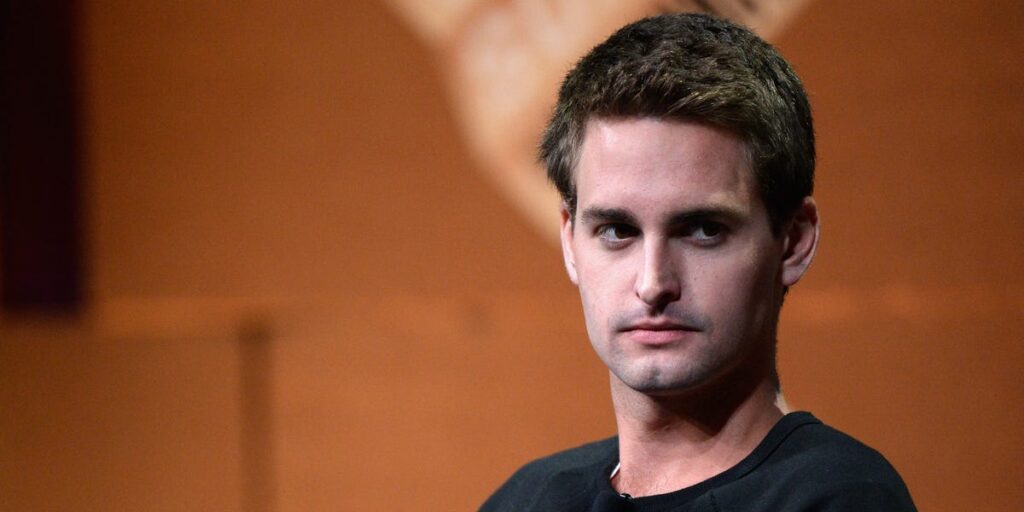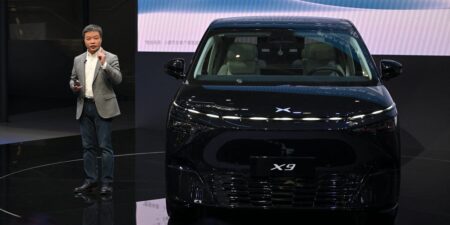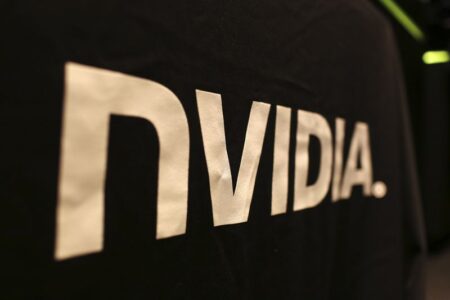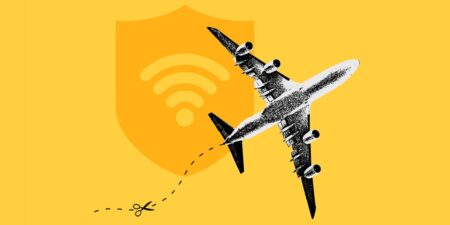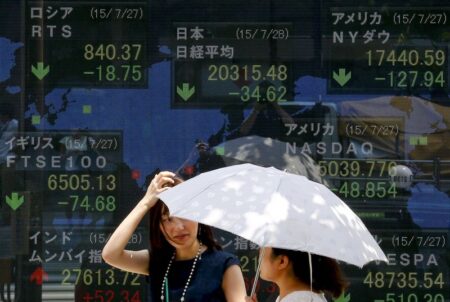Snap unveiled its plans for a new design for its app earlier this month that will merge all of its media content into a TikTok-like feed. But the news wasn’t greeted warmly in some corners of media, as it raised concerns that Snapchat might become the latest in a line of Big Tech platforms to deprioritize traditional media publishers in favor of creators.
The “new and simplified” Snapchat will combine the Stories tab — which currently serves up a mixture of still-image and video updates from friends along with publisher and creator content — with the Spotlight tab, its TikTok-like, swipeable vertical video feed. The streamlined version of the app will be powered by a personalized algorithm that prioritizes videos from friends, the company said. Publishers fear that could mean Snapchat shows from media companies, such as BBC Studio’s “Funny Parts” or BuzzFeed’s “Tasty,” could end up getting lost in a sea of content.
Snapchat began imitating TikTok’s design in late 2020 when it added Spotlight, a product built for user-generated content, not professional publishers. It began paying out millions of dollars to creators. That shift in focus to act more like TikTok was taken as a bad omen by publishers, signaling they would no longer get special treatment.
Some publishers are concerned this latest redesign puts their professionally produced Snapchat stories and shows on a par with user-generated content — or perhaps lower than that — which could impact the ad revenue they generate from the app. In the previous design, they still had to compete with some creator content, but their branding and placement were generally prominent. The publishers spoke with Business Insider on a condition of anonymity to protect their business relationships.
“What I don’t know is whether this is good, bad, or neutral for publishers,” said an exec at a publisher that produces shows and other content on Snapchat. “My gut feeling is the change will be bad, particularly for archive content” that wasn’t created with the new, TikTok-like design in mind.
“But,” this person added, “new stuff will have lower costs of production if it’s essentially the same requirements as TikTok.”
An exec at a medium-sized Snap publisher said their revenue from the app was already down around 12% to 13% year over year, and they worried those figures could drop further after the redesign if their content gets lost in the feed.
A third publishing exec said there’s hope that the change provides more opportunity for users to interact with the publishers’ show content, but expressed concern that the change could create so much clutter in the feed and prioritize creator-led content in a way that pushes their content down. A fourth said any time publishers get mixed up with creators, it’s bad for publishers, adding that their Snapchat revenue was already in decline so the platform had become less of a focus.
“Discovery was already a challenge on Snap, so just not sure what works there,” the fourth person said.
Evan Spiegel, Snap’s cofounder and CEO, said on an August call with analysts that combining Spotlight and Stories would remove friction for users.
“We really believe that a combined experience that combines the Stories format with short-form video will be most compelling and easiest to use, especially in terms of content discovery,” Spiegel said.
Individual creators are the new hot property on Snap
Some media executives said there had been signs Snap might be cooling on publishers, potentially joining the ranks of tech companies like Meta, Google, and X, which are no longer seen as dependable sources of traffic or revenue following algorithm tweaks and changes in strategy.
Snap first attracted publishers in 2015 with the launch of Discover. The company gave media brands like ESPN, The Daily Mail, CNN, and Vice preferential placement in its app and a share of the revenue from ads served against their full-screen articles and videos.
For many publishers, the Discover tab was treated like a newsstand, valuable real-estate on the app to draw attention to their content, which later expanded to include TV-like premium video series called shows. Snap also wooed the media industry by initially fronting some of the cost for content makers to produce Snap Originals, up to $50,000 per episode in some cases, Digiday reported in 2019.
A few years later, as user-generated content became dominant on social apps like TikTok, the company shifted focus to individual content creators. It has enticed influencers to the app by sharing ad revenue as part of its Snap Stars, Spotlight Rewards, and Stories Revenue Share programs. (Publishers are also encouraged to create for the newer Spotlight vertical video feed where their content appears alongside that of creators.)
“The way they’re structured now is less built to over cater to traditional publishers,” a fifth Snap publisher exec said. “Like most platforms, they’re heavily skewing toward creators and the creator economy.”
As Snap’s focus shifts, creators look to capitalize
Snap’s “partner arrangement costs” — the share of Snap ad revenue it sends to content partners, including media companies, creators, and sports teams — decreased to $675 million in 2023, from $681.9 million in the year prior, according to its most recent annual report. The company said users’ time spent watching content grew 25% year over year in the second quarter of this year, driven by growth in time spent watching Spotlight and stories from creators.
The publishers BI spoke with reported mixed performance from Snap this year, with two saying their revenue derived from the app was flat to slightly up so far.
Some publishers have shifted resources away from Snapchat during a challenging period for the media business as a whole. A staffer at a news publisher that previously produced shows for the platform said they were now only maintaining a “minimal presence” there.
A Snap spokesperson said that it was unavoidable that not every partner would achieve the same level of success, but that publishers and creators overall are seeing gains on the app. The company said it has more than 880 publisher partners in more than 30 countries.
Snap hasn’t yet given a firm date for when the new feed design will go into effect, though some publishers said they had been told it’s expected to happen in the first quarter of next year.
“The lack of communication around this redesign has been stunning,” said the exec at the medium-sized publisher, who also noted that a stream of their partner managers at Snap have left the company over the last four years. Snap has cut hundreds of jobs across its business since August 2022.
Ben Reininga, Snap’s global head of news for editorial, left the company this August to take up a fellowship at Harvard University, which two publisher sources noted was unfortunate timing so close to the US election. A Snap spokesperson said the company has a team in place that remains committed to supporting its editorial partners.
While publishers may be approaching the redesign with trepidation, execs within the creator community are excited about its potential to boost the discoverability of individual influencers.
“It could create more monetization opportunities for a wider variety of creators and advertisers as a result,” said Sophie Crowther, talent partnerships director at the creator marketing agency Billion Dollar Boy. “Users might also end up staying on the platform for longer as they’re fed more content recommendations — provided the targeting is good — leading to higher ad impressions and more opportunities to insert ads between different types of posts.”
There’s also an argument that the new design could benefit publishers, too, despite some initial anxiety.
“If publishers are creating communities on Snapchat then that can be a fresh monetization opportunity for them,” said Ben Jeffries, CEO of the influencer marketing agency Influencer, of Snapchat’s redesign. “They can create more community on the platform and separate the notion that there are two different aspects to the platform.”
Read the full article here







